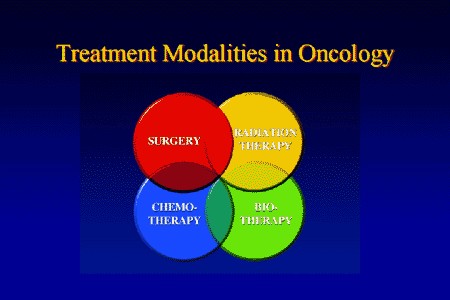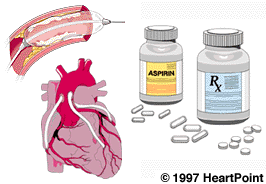The Latest Modalities of CAD Treatments

There are various CAD treatments available in the market today. Most of these therapies are proven effective, but there are still many unanswered questions. This article aims to update you on the latest novel treatment strategies. These approaches have been studied in vitro, through translational studies, in animals and in humans. Researchers around the world are investigating these new treatments, and they hold promise to be an alternative treatment to the current treatments. In the meantime, we will review the main modalities of CAD treatments.
First-line CAD treatment is rituximab. This monoclonal antibody depletes B-cells and blocks production of cold agglutinins. The drug is also effective in improving hemoglobin levels, which is an essential symptom of CAD. This treatment can be combined with fludarabine, a small molecule that blocks DNA synthesis. This treatment is effective for reducing the risk of MI in patients with stable CAD, but it may be expensive.
Currently, there are several CAD treatments. These include: hydrocortisone, acetaminophen, nitric oxide, and other drugs. A number of patients can get the desired result without undergoing open-heart surgery. This treatment is effective for many people, but it’s also known to have certain risks. Despite the risks, these drugs have been shown to be effective for the majority of CAD patients.
In a healthcare system where budgets are limited, cost-effectiveness analysis can be used to evaluate the effectiveness of different CAD treatments. This method compares the added health benefits from a new intervention with its opportunity costs, the costs incurred by patients by not receiving another treatment. Most of these new CAD treatments have minimal effects on patients, but they may still be worth the extra cost. This approach is particularly helpful for determining the cost-effectiveness of new CAD treatments.
Despite the limitations of the studies, the cost-effectiveness of CAD treatments can be determined using cost-effectiveness analysis. In healthcare systems where budgets are limited, this approach assesses the additional health benefits of a new intervention against its opportunity costs. The minimum amount of health benefits will vary depending on the risk of CVD events in a given patient. There are many unanswered questions related to the effectiveness of CAD treatments.
Various treatments are available. The first-line CAD treatment is rituximab, a monoclonal antibody against CD20. The drug blocks the production of cold agglutinins, which are inflammatory proteins. This treatment can also improve hemoglobin levels. Alternatively, rituximab is used with fludarabine, a chemotherapeutic agent which inhibits DNA synthesis.

However, while CAD treatments are highly effective in a small subset of patients, a number of other factors need to be considered before a CAD treatment is recommended. The rituximab-based monoclonal antibody is also a first-line treatment for rheumatic heart disease. Both drugs can reduce the risk of cardiovascular events. The combination of fludarabine and rituximab is a common treatment option for rheumatic artery disease.
When it comes to treating CAD, there are a number of options available. The most common is rituximab, an anti-CD20 monoclonal antibody that allows the patient’s immune system to fight antigens. It can be combined with a chemotherapy drug called fludarabine. Site https://www.diariolarepublica.org.mx/
says that this combination is a highly effective treatment for coronary heart disease, which can be prescribed to patients at high risk of developing coronary heart disease.
In addition to rituximab, glargine and aspirin are effective treatments for CAD. Some of them are available without a prescription. Other specialized procedures are also possible. These include catheterization and surgical procedures. During the operation, the procedure is carried out under the supervision of a doctor. The patient undergoes several surgeries to prevent coronary artery disease. The best specialized treatment for arteries is aspirin.
Revascularization is the most common treatment for coronary artery disease. Often, surgical procedures are needed to repair damaged arteries. In addition, a revascularization procedure may be required in cases where the underlying cause of the artery is not clear. It is currently the most effective treatment for CAD. Then invasive procedures are carried out. These techniques are used to treat a wide range of types of CAD.